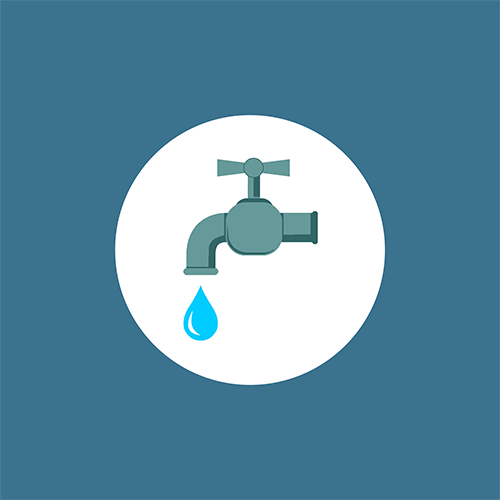
Teens or adults; inspect your home
The United States population is expected to reach 428 million by 2050, according to the United States Census. Water supply, however, is not expected to keep pace with the population.
Not only is water essential to our survival, but we’ve also become accustomed to having it readily available for daily tasks such as brushing our teeth, showering and washing our clothes. Conservation is of utmost importance. That’s why it’s essential to understand exactly how to conserve water in our homes.
Luckily, water conservation is a win-win for households and the environment. When you save water, you also save money. Even little changes can make a big impact. Following are some simple and easy ways to save water and money.
- Use your dishwasher in lieu of washing dishes by hand. The dishwasher can save up to 5,000 gallons of water per year. If handwashing is necessary, use the drain stopper and keep a reserve of water in the sink rather than allowing it to flow from the faucet.
- Run your washing machine and dishwasher only when full. Unless there are specific settings for smaller loads, your dishwasher and clothes washer use the same amount of water for any size load, causing significant water waste.
- Water your lawn efficiently. According to the Environmental Protection Agency (EPA), outdoor watering accounts for about 30% of household water use. To help decrease your water bill, consider purchasing a rain barrel to collect rainwater. Collecting and using rainwater in your yard is actually better for your plants and saves you from turning on the water hose every time you need to water. You’ll really see the changes in your water bill during the summer months.
Another big way to conserve water is to make sure you don’t have water leaks, which account for almost 1 trillion gallons of water wasted annually in the United States.
Follow these steps to test for water leaks at your house or business:
- Find your water meter and note the number recorded in that reading. Manual and digital meters look a little different, but they both measure in kiloliters and liters. It’s important to note the entire number.
- Don’t use any household water for two hours.
- Check the number again. If it’s the same, you’re all set! If it’s changed, you likely have a leak somewhere in your home.
Additionally, you can test specific areas of your home. To test your toilet for a leak, place food coloring in the toilet tank and wait 10 minutes. If any color appears in the toilet bowl, you have a leak.
Dripping faucets and showerheads are also easy to detect. If either of these are leaking, they can waste anywhere from 500 to 3,000 gallons of water per year. There’s plenty of useful things you could do with that water and money!
In any case, don’t hesitate to call a plumber to ensure your home is running efficiently to save your money, your water and our beautiful ecosystem.
What we learned: Conserving water helps keep your bills manageable but also conserves a precious natural resource.